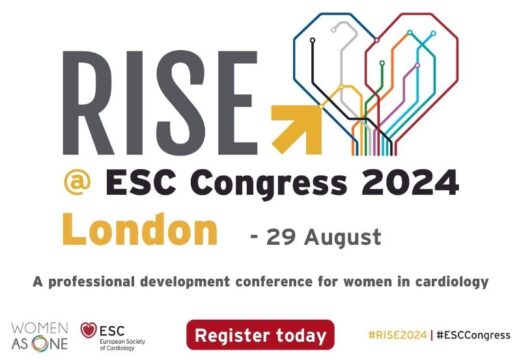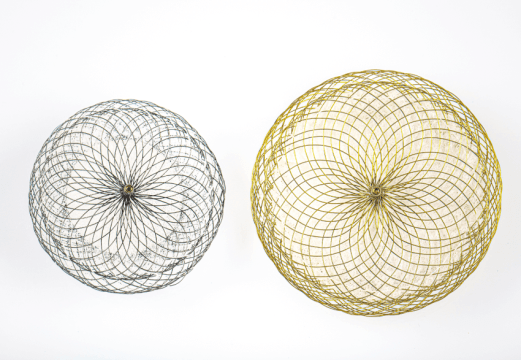Original title: Impact of Permanent Pacemaker Implantation on Clinical Outcome Among Patients Undergoing Transcatheter Aortic Valve Implantation. Reference: Lutz Buellesfeld et al. J Am Coll Cardiol 2012;60:493–501
Although pacemaker implantation after a percutaneous aortic valve (TAVI) implantation, constitutes a significant proportion of the complications related to the procedure, this is generally considered a benign event.
This study analyzed all patients who received TAVI by femoral access, using either a Medtronic CoreValve (Medtronic, Minneapolis, Minnesota) or the Edwards Sapien / Sapien XT (Edwards LifeSciences, Irvine, California). The pacemaker implantation was performed when a new high-grade AV block (3rd degree or 2nd degree type 2) appeared, new left bundle branch block added to a dynamic prolonged PR interval of more than 300 msec or atrial fibrillation with inadequate ventricular escape.
The patients were divided into 3 groups: those who required the pacemaker implantation within 30 days after valve implantation, those who did not require pacemaker implantation and patients who had a pacemaker implantation prior to valve implantation. We included 353 consecutive patients of which 207 (58.6%) did not require pacemaker implantation, 48 patients (13.6%) already had a prior pacemaker implantation and the remaining 98 patients, (27.8% of the population or 32.1% of those without previous pacemaker implantation), who required pacemaker implantation within 30 days after TAVI. The most common indication was for high degree AV block, (62.2%), followed by new left bundle branch block with prolonged PR, (21.4%), and, finally, slow atrial fibrillation, (16.3%). The average time between the valve implant and the pacemaker implantation was 3 days. 90.4% of the population received Core Valve, (319 of the 353 patients).
The all-cause mortality, rate at 30 days was 19% with no differences between the 3 patient groups, (18% for those who did not require pacemaker implantation, 22.9% for those with previous pacemaker implantation and 19.4% for patients who receiving pacemaker implantation post TAVI). The combined death endpoint, MI and stroke at one year was 20.4% for those who did not require pacemaker implantation, 22.9% for those who had previously pacemaker implantation and 21.4% for those who received the pacemaker implantation after valve implantation (p = 0.97).
Conclusion:
Periprocedural permanent pacemaker implantation does not affect evolution after one year of those patients who received a percutaneous aortic valve replacement by femoral access.
Commentary:
Recently, a comparison between the two most widely used valves, (Valve Core and Edwards), was published. In this article the only significant difference noted was the increased need for a pacemaker by Core Valve. This difference has not resulted in events, so the need for a pacemaker is more a matter of costs than a complication related to the procedure. Some details associated with conduction disturbances post TAVI can be improved with experience, (i.e. depth of implant), and others depend exclusively on the patient, (prior right bundle branch block, grade of calcification, etc.) Given the results of this study, there seems little point in delaying pacemaker implantation as it results in prolonged hospitalization in a critical area, delays ambulation and, ultimately, the discharge. Perhaps the best thing to do is not expect an improvement of the blockade, (which probably will not come), but implant the pacemaker directly in the same valve implant procedure.
SOLACI.ORG





